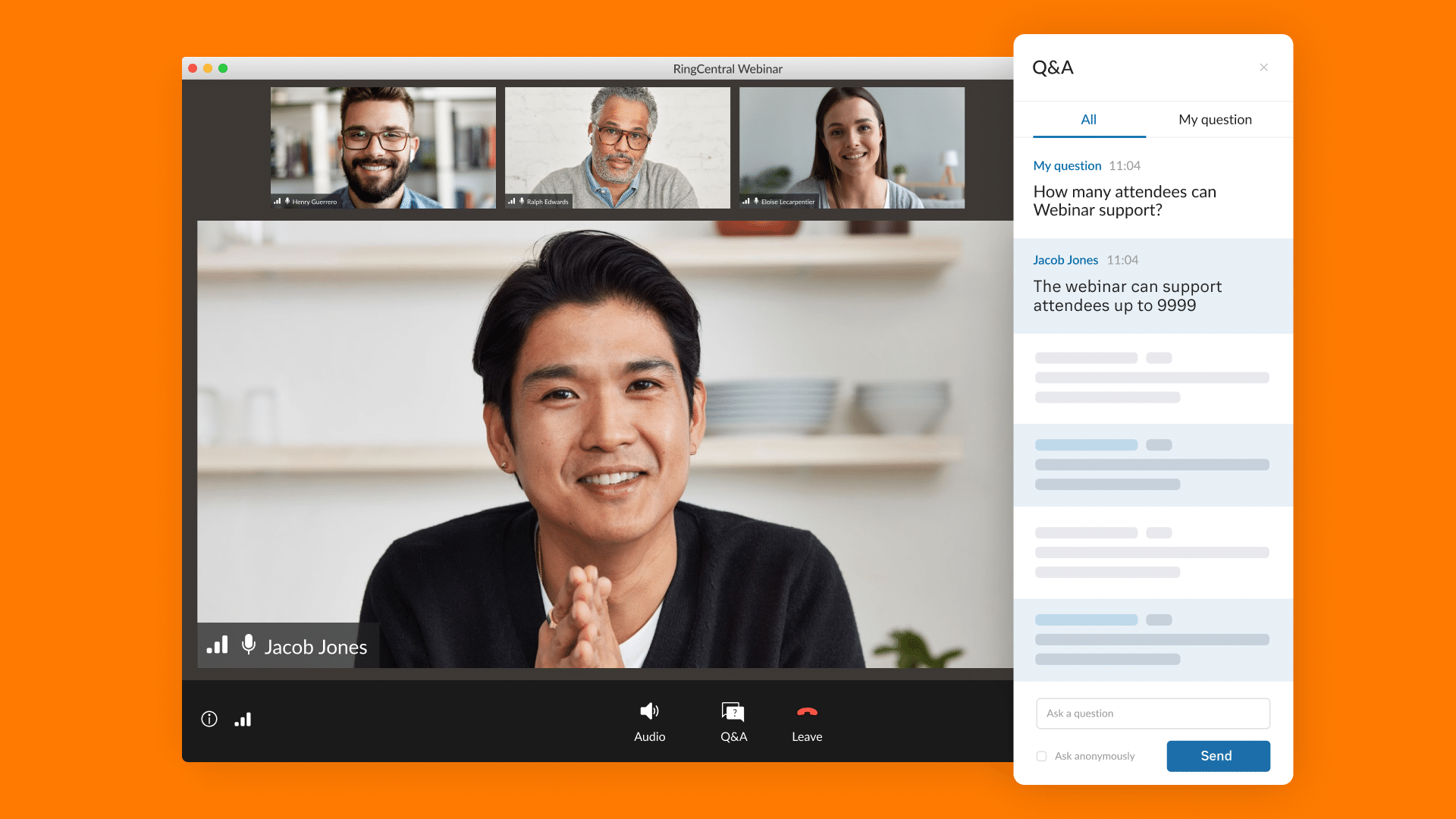Google’s CEO Sundar Pichai introduced Duplex at the last Google I/O in May 2018.
Duplex is presented as the future of Google Assistant – a voice bot that perfectly mimics a human and makes phone appointments on your behalf. Basically, you ask your Google Assistant to book an appointment for you at a local salon or restaurant and the bot does its magic. If the shop doesn’t take online reservation, the robot-assistant calls the shop and tries to arrange the appointment based on your requirement then notifies you of the outcome.
What is astonishing is the level of realism of the voice that mimics a human voice and even adds unnecessary imperfections to make it sound like a real human being. Some even claim that it passed the Turing test since it can have conversations with people who couldn’t tell they are talking to a machine.
And that is the very heart of the problem – shouldn’t people be informed that they talk to a machine? Google immediately adapted its strategy with a standard disclaimer, so the machine would always identify itself as a bot.
But there has been some more recent protest about the fact the Duplex would soon replace call centers and get thousands and thousands of people out of job around the world.
Indeed, a technology that allows consumers to contact brands may very well allow brands to respond to consumers and replace call centers agents with machines.
Is that so?
1. No, it works only within a limited perimeter
A spokesperson from Google noted “Duplex is designed to operate in very specific use cases, and currently we’re focused on testing with restaurant reservations, hair salon booking, and get holiday hours with a limited set of trusted testers. It’s important that we get the experience right, and we’re taking a slow and measured approach as we incorporate learnings and feedback from our tests.”
The machine had incredible results because it works within a limited perimeter. Engineers at Google have developed it in a way every possible scenario within this perimeter could be considered and managed.
However, if the human was to exit the perimeter (say asking the machine about his personal life, experience, feeling), the bot would very quickly reach its limit and be unable to respond.
Consequently, except for the industries of hair salons and restaurants, call centers have nothing to fear in the near future.
2. No, it is not part of Google’s (immediate) plan
The same spokesperson continued “We’re currently focused on consumer use cases for the Duplex technology where we can help people get things done, rather than applying it to potential enterprise use cases. We aren’t testing Duplex with any enterprise clients.”
Like often with innovation, Google is just scratching the surface. There is an incredibly large number of possible commercial applications. There may even be some serious abuse (which is what Duplex’s detractors fear most) to use the technology for evil means. Replacing call centers agents with machines would be one of these many possibilities, keeping the formers ahead of the curve.
3. No, the technology isn’t quite ready yet
While the first demonstration is impressive, it is important to note that Google hasn’t made Duplex available yet. There can sometimes be years between the initial demo and the actual product release.
What we have seen last May with Sundar Pichai was a perfect demonstration happening in a controlled environment with a consumer focus: we are still far from a major deployment for call centers!
4. No, the past can predict the future
Do you remember, back in 2005, the debate about self-service payment machines that would put millions of people out of a job?
Or, more recently in 2017, the numerous articles about the arrival of chatbots that would replace human agents in contact centers?
Well, discussions about Duplex really feel like the episode two of the chatbot psychosis – in the end, what would Duplex be if not a voice chatbot that feels like a human being?
Looking back, chatbots have actually been a positive factor for consumers (enhanced brands availability, shorter response time), companies (higher productivity, better image) and human agents.
Realistically, a chatbot can’t do what a human agent does. While it does a great job at handling simple redundant questions within a well-defined perimeter, it very quickly gets overwhelmed when the question is complex or requires some basic human attribute: empathy.
Luckily for human agents, if the chatbot takes care of simple enquiries, they have more time to focus on more complex and value-added questions and less time for repetitive tasks.
The same would apply to a future “voice chatbot” that would certainly be unable to replace humans but would give them a more interesting position.
In the end, if traditional call centers had to fear something today, it should be the rapid growth of digital channels over traditional phone calls: since the skills required to handle a messaging conversation are different from a phone one, the most pressing threat comes with a necessary in-depth digital transformation.
Originally published Sep 11, 2018, updated Dec 30, 2022





